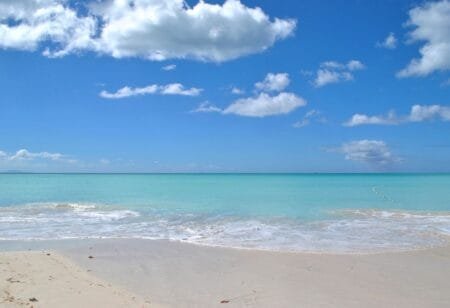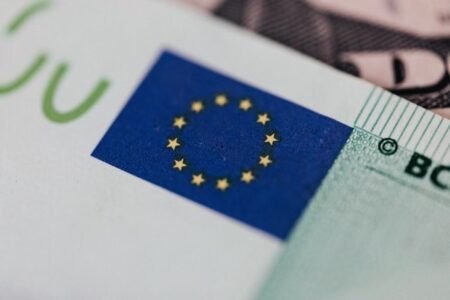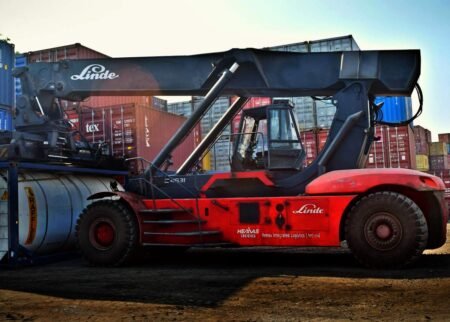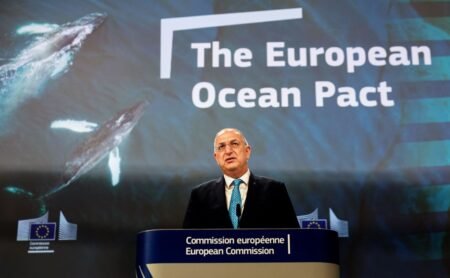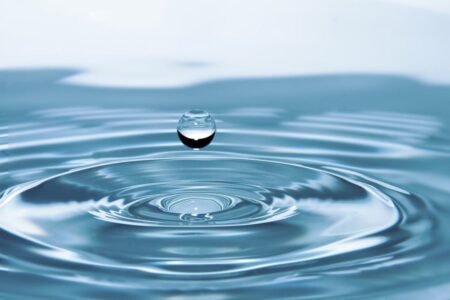The latest European State of the Climate report, released by the EU’s Copernicus Earth Observation Programme and the World Meteorological Organisation, sends a clear warning: Europe continues to warm and faces worsening climate impacts.
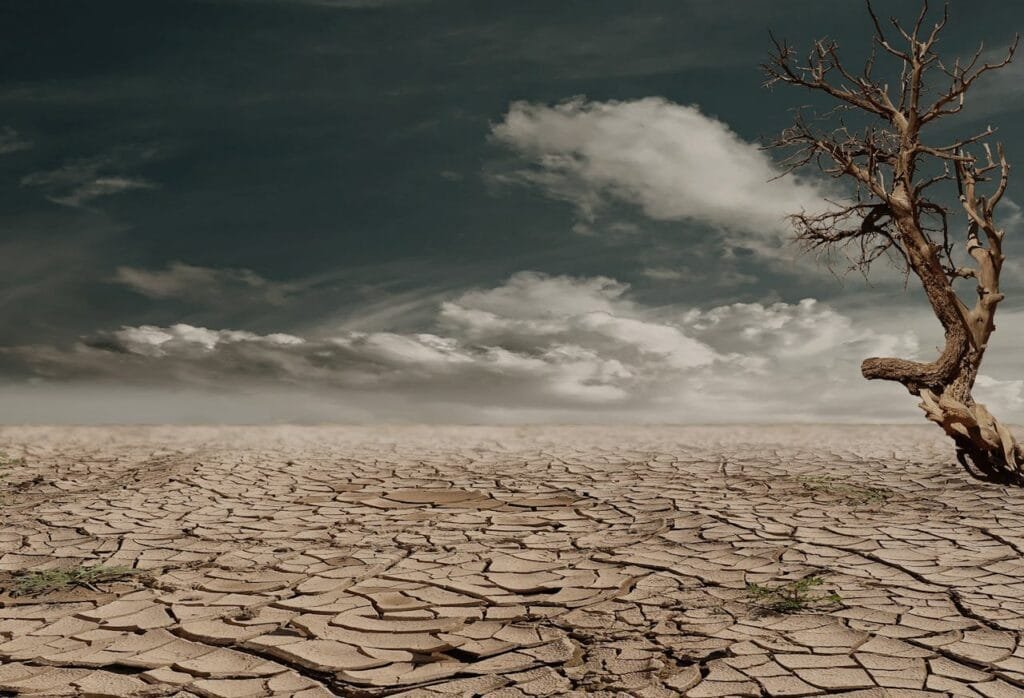
At a time when European politicians are treading water on the EU 2040 Climate Target, the same worrying trends seen in 2023 continue. Last year was once again the hottest on record for Europe, the fastest-warming continent. Unfortunately, climate impacts go far beyond rising temperatures: Europe experienced intense flooding, significant ice loss, and increased rainfall in Western regions.
This alarming data comes at a critical moment, as European Commissioner for Climate, Net Zero and Clean Growth, Wopke Hoekstra, prepares the upcoming EU 2040 Climate Target. After publishing an impact assessment in February 2024, the Commission has committed to propose a 90% target for greenhouse gas emissions reduction by 2040. However, it might not be what it seems, since some media reports suggest that the Commission may be looking to introduce more “flexibility” (for which read: loopholes) with this 90% figure.
“The European State of the Climate shows that urgent action is needed if we are to keep the temperature rise to 1.5°C and stop runaway climate change,” said Michael Sicaud-Clyet, Climate Policy Officer at WWF EU. “If the European Commission is only going to propose -90%, already less than what’s needed, it should never be looking into loopholes like buying offsets from other countries. That would undermine domestic climate action and set a terrible precedent internationally.”
Allowing the use of international credits to reach the EU-wide climate targets or delaying climate action until the second half of the 2030s would seriously undermine EU climate leadership and exacerbate climate impacts. As echoed by a recent WWF analysis, the EU must aim for a 100% climate neutrality by 2040 to reflect the EU’s historical emissions and fair share of the global effort.
According to the report, last year also saw the most widespread flooding since 2013. With almost one-third of the river network exceeding the ‘high’ flood threshold, it’s clear that Europe’s hard infrastructure alone is far from sufficient. Nature-based solutions must be placed at the heart of Europe’s climate adaptation efforts.
Codruta Savu, Water & Climate Adaptation Policy Officer at the WWF European Policy Office, commented: “This report shows that Europe’s water systems are just not capable of buffering the shocks of a changing climate. Last year’s devastating floods and growing heat stress showed what happens when degraded rivers, wetlands, and aquifers are pushed beyond their limits. If the EU is serious about resilience, nature-based solutions must move from the margins to the mainstream of EU water and climate adaptation policy.”
As the European Commission puts the finishing touches on the EU Water Resilience Strategy, expected in early June, the European Parliament’s ENVI Committee has shown a “drought of ambition” in a recent vote on its own-initiative report. “The upcoming Water Resilience Strategy and Climate Adaptation Plan are key opportunities for the EU to shift course from short-term fixes to long-term ecosystem restoration and water governance,” concluded Savu.


